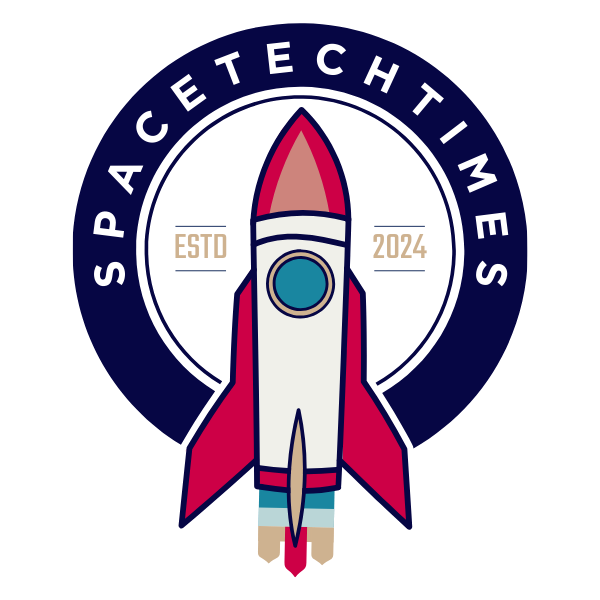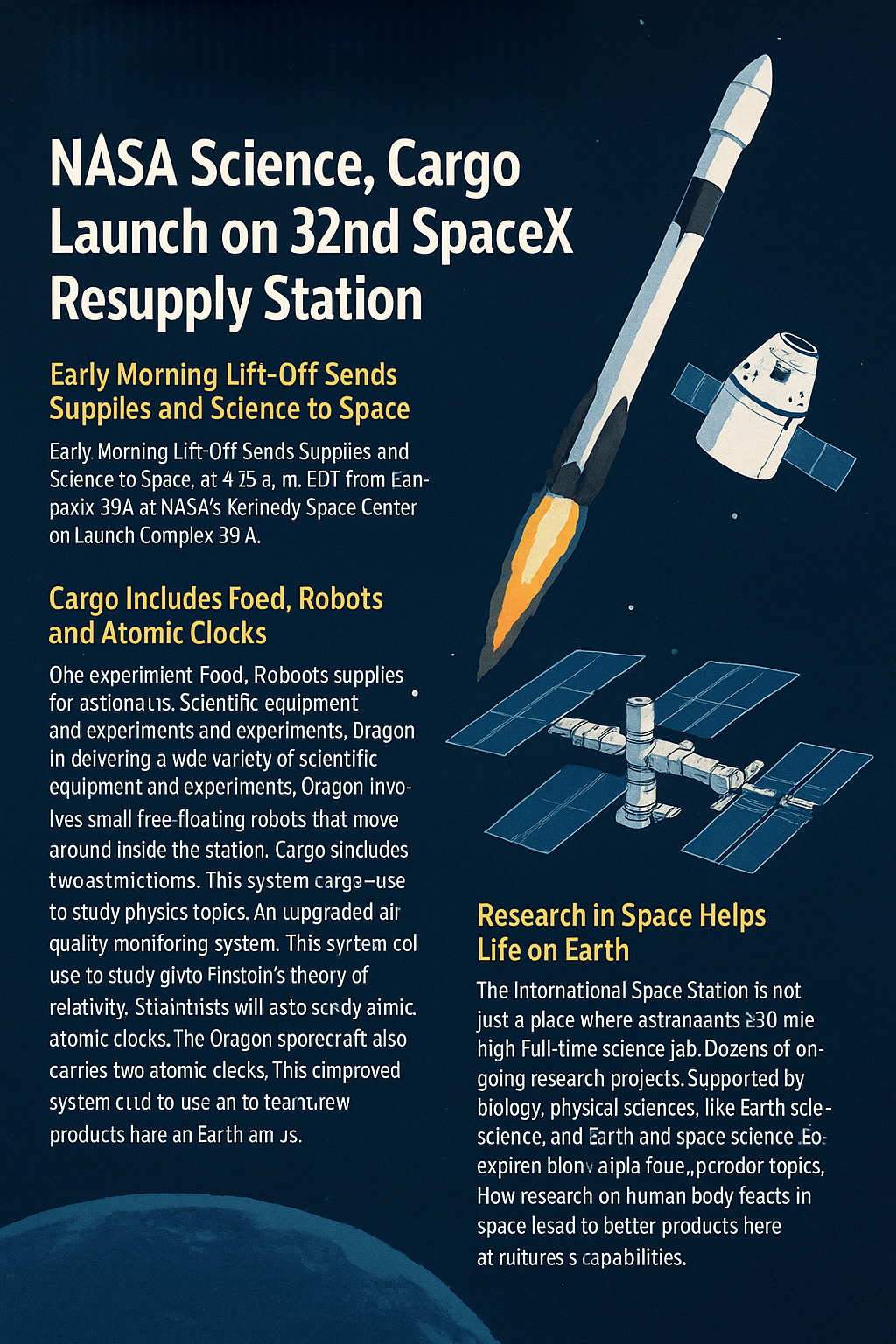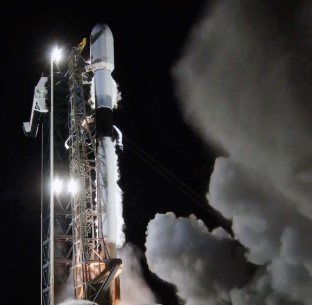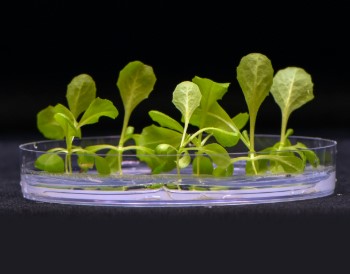Early Morning Lift-Off Sends Supplies and Science to Space
In the early hours of Monday morning, a powerful rocket lit up the sky over Florida. At 4:15 a.m. EDT, a SpaceX Falcon 9 rocket lifted off from Launch Complex 39A at NASA’s Kennedy Space Center. Sitting on top of the rocket was a Dragon spacecraft, packed with important cargo for the International Space Station (ISS).
The spacecraft is part of NASA’s 32nd Commercial Resupply Services mission with SpaceX. On this trip, Dragon carried about 6,700 pounds (over 3,000 kilograms) of supplies. These supplies are meant to support astronauts aboard the ISS, as well as help in dozens of science experiments.
Dragon is on its way to the orbiting space laboratory and is expected to dock automatically at around 8:20 a.m. on Tuesday, April 22. The docking will take place at the space-facing side of the Harmony module, one of the station’s many compartments. NASA plans to show the arrival live, starting at 6:45 a.m., on its NASA+ service.
Cargo Includes Food, Robots, and Atomic Clocks
Every resupply mission to the space station carries something new and exciting. On this mission, along with food and everyday supplies for the astronauts, the cargo inside Dragon includes a wide variety of scientific equipment and experiments.
One part of the cargo involves small, free-floating robots that move around inside the space station. These robots are not toys. They are part of a study that tests how well they can move using new techniques. This kind of testing is important because these robots may one day help astronauts with tasks in space.
Another important piece of cargo is an upgraded air quality monitoring system. This system is designed to keep track of the air inside the space station. Clean air is important for the health of astronauts. This improved system could also be used on future missions to the Moon and Mars to keep crews safe far from Earth.
The Dragon spacecraft also carries two atomic clocks. These are not ordinary clocks—they are extremely accurate and are used to study important physics topics like Einstein’s theory of relativity. Scientists will also use them to test how well time can be measured and shared between places in space. This is especially useful for navigation and communication.
Research in Space Helps Life on Earth
The International Space Station is not just a place where astronauts live. It is a full-time science lab floating 250 miles above Earth. Dozens of research projects are always happening at once. This resupply cargo mission supports many of those efforts, as part of the station’s Expedition 73.
The experiments on board the cargo cover many topics. Some look at biology and how living things behave in space. Others study physical sciences, like how materials react in low gravity. Some focus on Earth and space science, helping scientists better understand our planet and the universe around us.
All this research, delivered as part of the cargo, is not only useful in space. It can help improve life on Earth, too. For example, studying how the human body reacts in space can help doctors treat illnesses on Earth. Materials tested in space may lead to better products here at home.
The station also plays a big role in preparing for future human missions to deep space. While this post does not look into the future, it’s a fact that today’s science in orbit is shaping tomorrow’s capabilities.
After spending a few weeks docked to the station, Dragon will return to Earth in May. It will bring back time-sensitive research results and other cargo. The spacecraft will splash down off the coast of California, safely carrying the results of this important mission.
This 32nd SpaceX resupply mission marks another milestone in ongoing space operations. From food to futuristic tools, from robots to atomic clocks, this delivery shows how science in space continues to grow and serve both space travelers and people on Earth.
To read the original article visit NASA Page.




